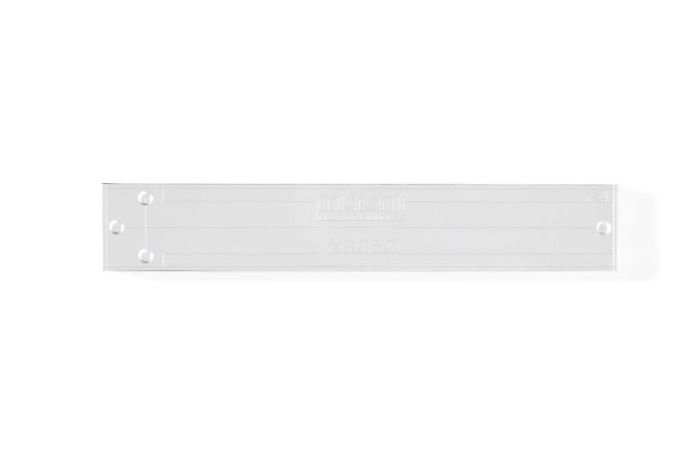shopping_basket
Capillary electrophoresis (CE) chip - for EOF holder (discontinued)
SKU
CE_old
Availability:
check_circle In stock
As low as $312.15
Pack of capillary electrophoresis (CE) chips. Limited supply because of discontinuation.
Capillary electrophoresis (CE) chip for the EOF Kit 9015 (discontinued). The electrodes are located in the holder. The 80mm long chips are packed per 2, the 35mm long chips are packed per 3.
The following products are available for as long stock lasts:
| Type |
Separation length |
Injection type |
Channel depth [µm] |
Channel width |
| T3550 | 35 | double T | 20 | 50 |
| T8050 | 80 | double T | 20 | 50 |
| X3550 | 35 | cross | 20 | 50 |
| X8050 | 80 | cross | 20 | 50 |
Note: these chips are not compatible with the Fluidic Connect Pro or Fluidic Connect 4515 holder.
| Interface type | Topconnect |
|---|---|
| Chip material | Borosilicate glass |
| Chip thickness | 1800µm |
| Number of inlets | 3 |
| Number of outlets | 1 |
| Channel width | 50µm |
| Icon | Label | Description | Type | Size | Download |
|---|---|---|---|---|---|
 | T3550 - Drawing | 70.4 KB | Download | ||
 | T8050 - Drawing | 74 KB | Download | ||
 | X8050 - Drawing | 64.8 KB | Download | ||
 | X3550 - Drawing | 70.8 KB | Download |
Customer Questions

